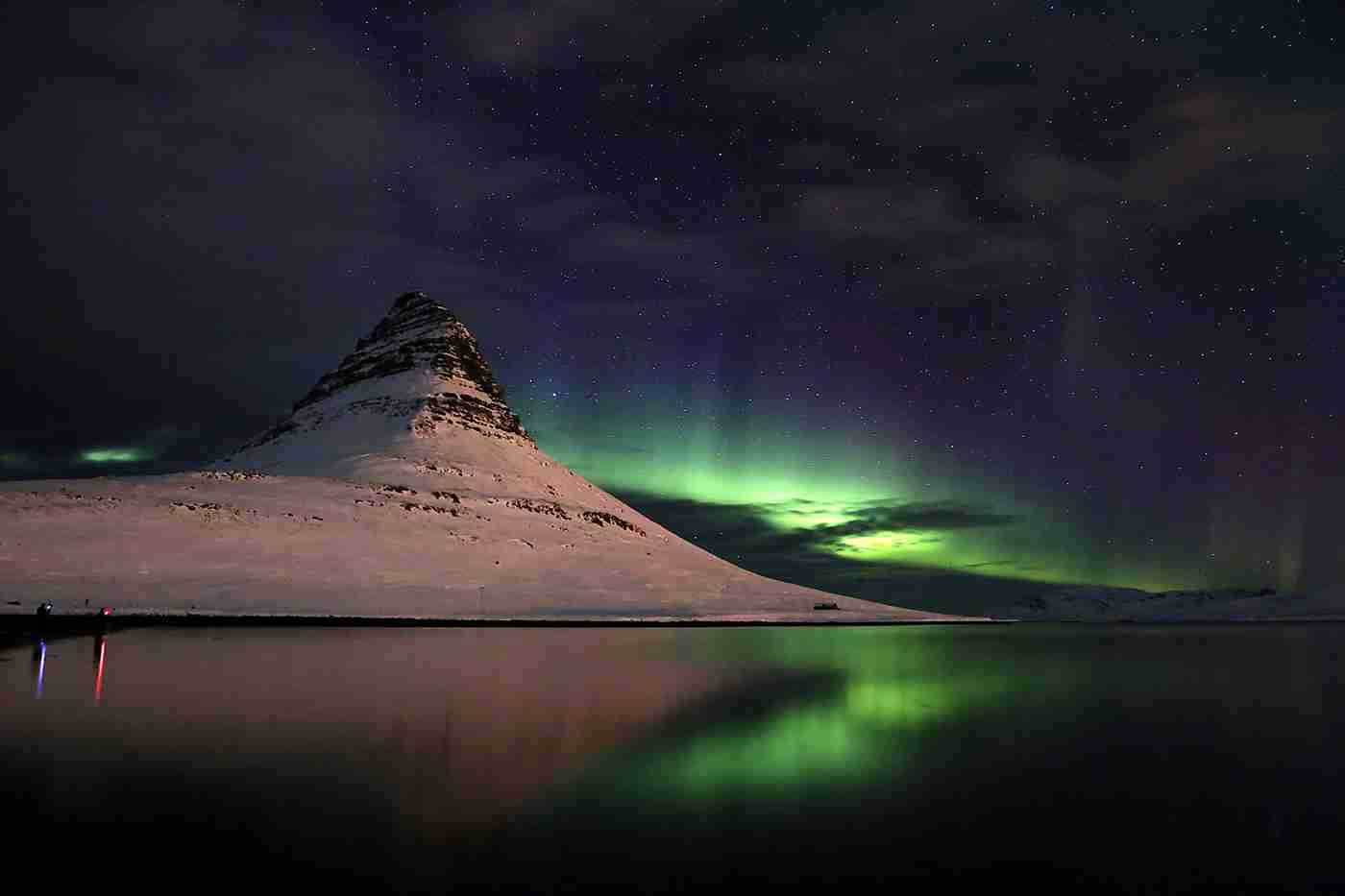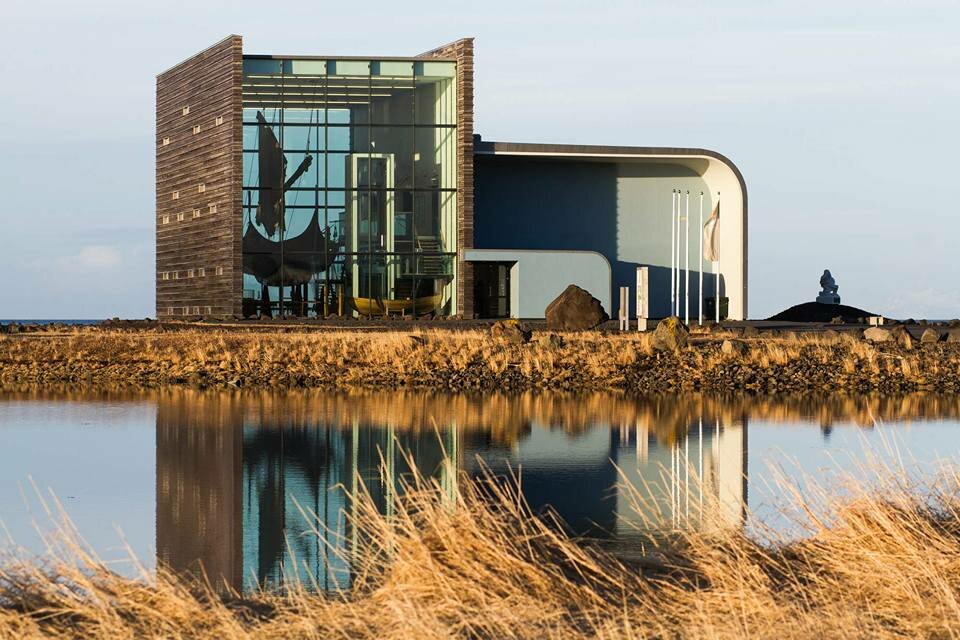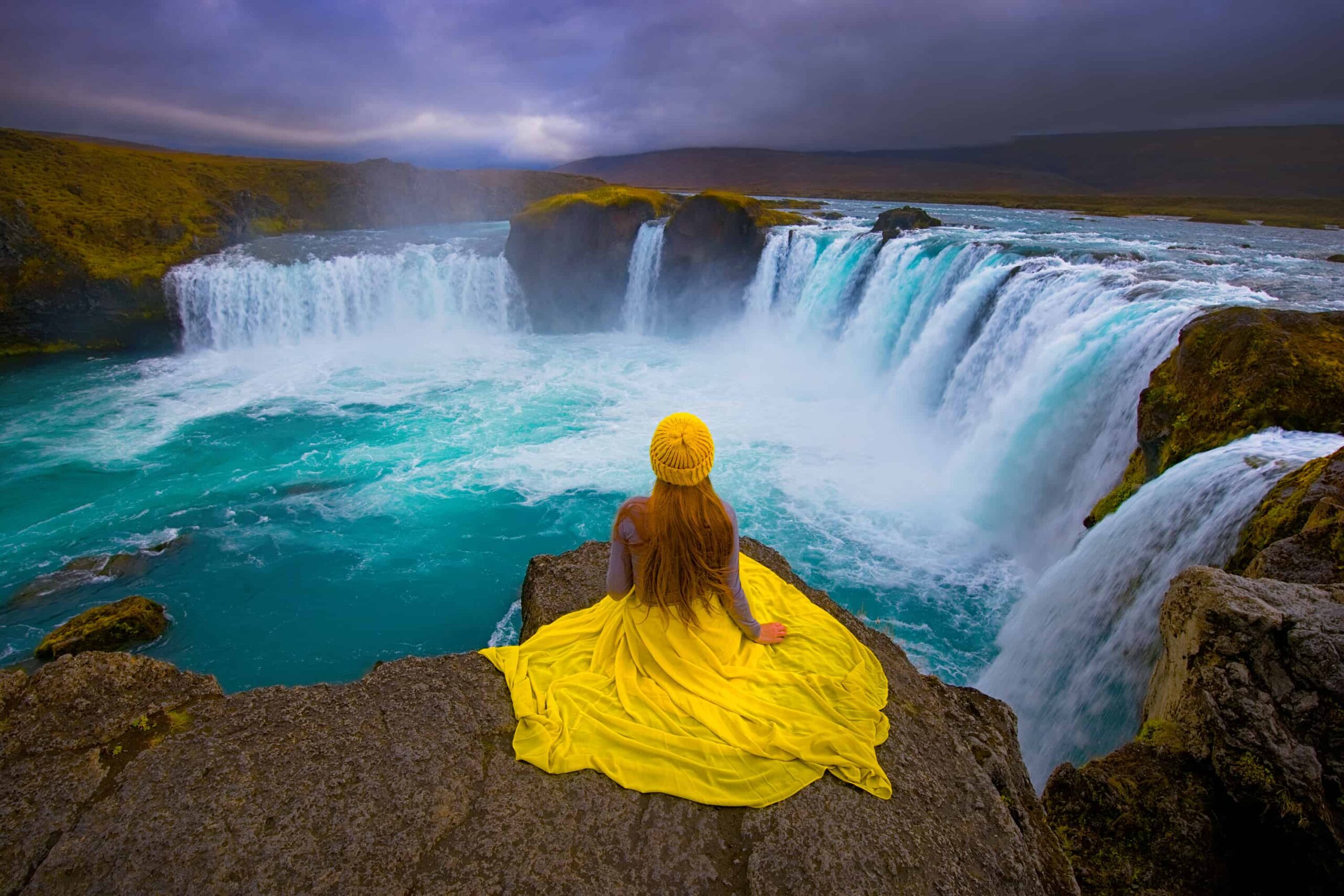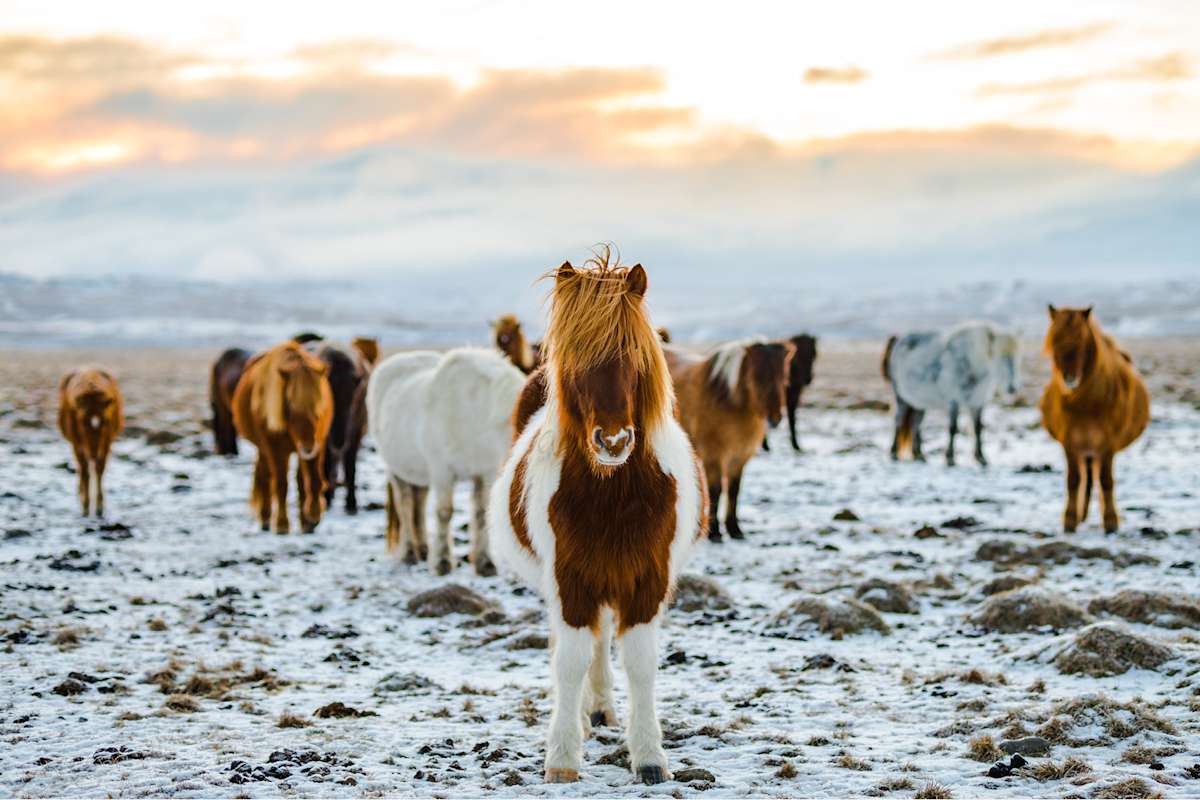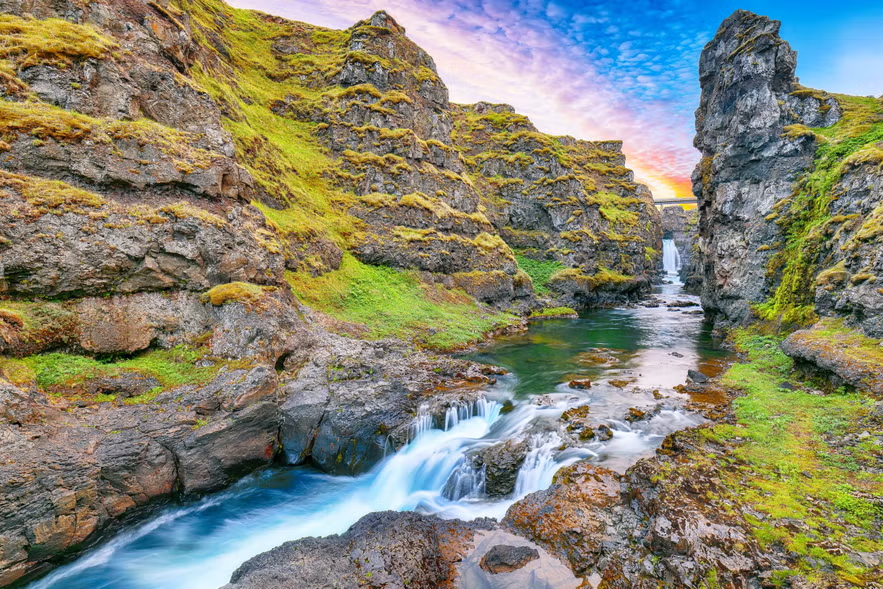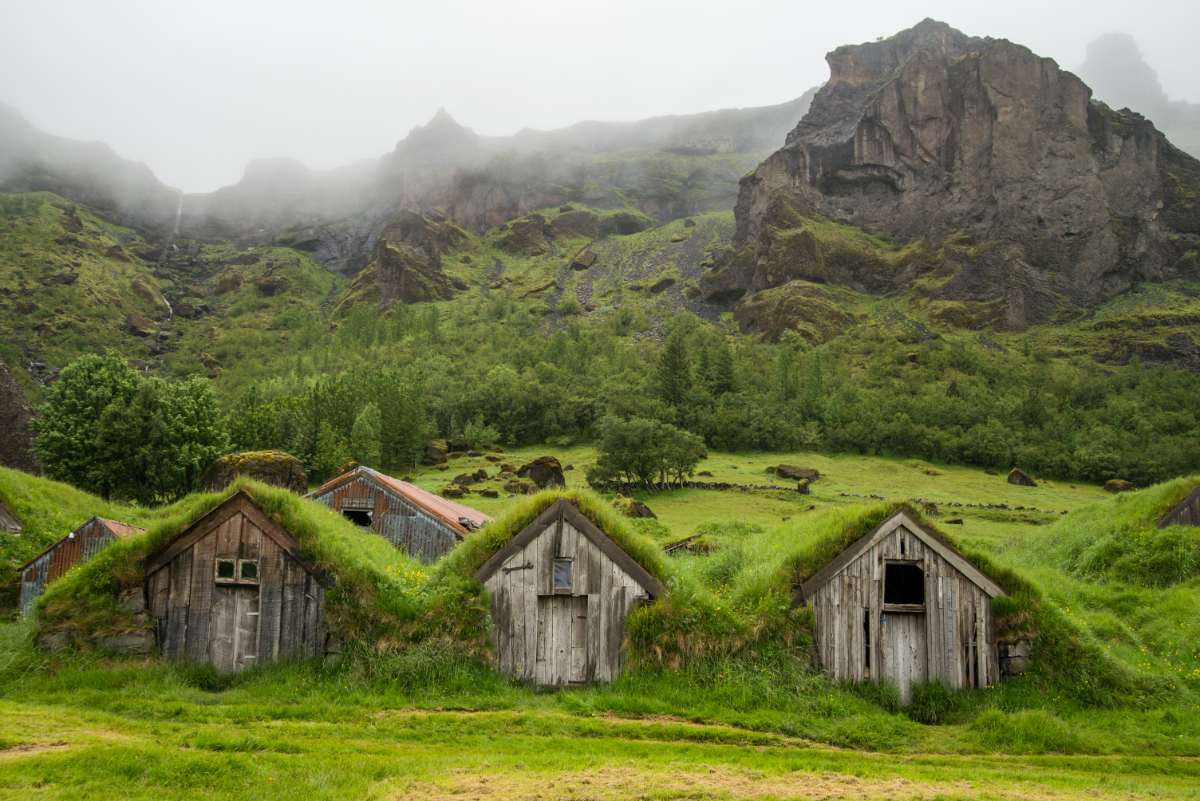Why You Shouldn’t Skip Iceland’s Eastfjords
Category
Categories
Travel Guide
Type
Glacier Lagoons, Bird Sights
Destination
Vatnajokull national Park
High season
Jun - Aug & Nov - Jan
Area
18 sq km
Outflow
Atlantic Ocean
Popular articles
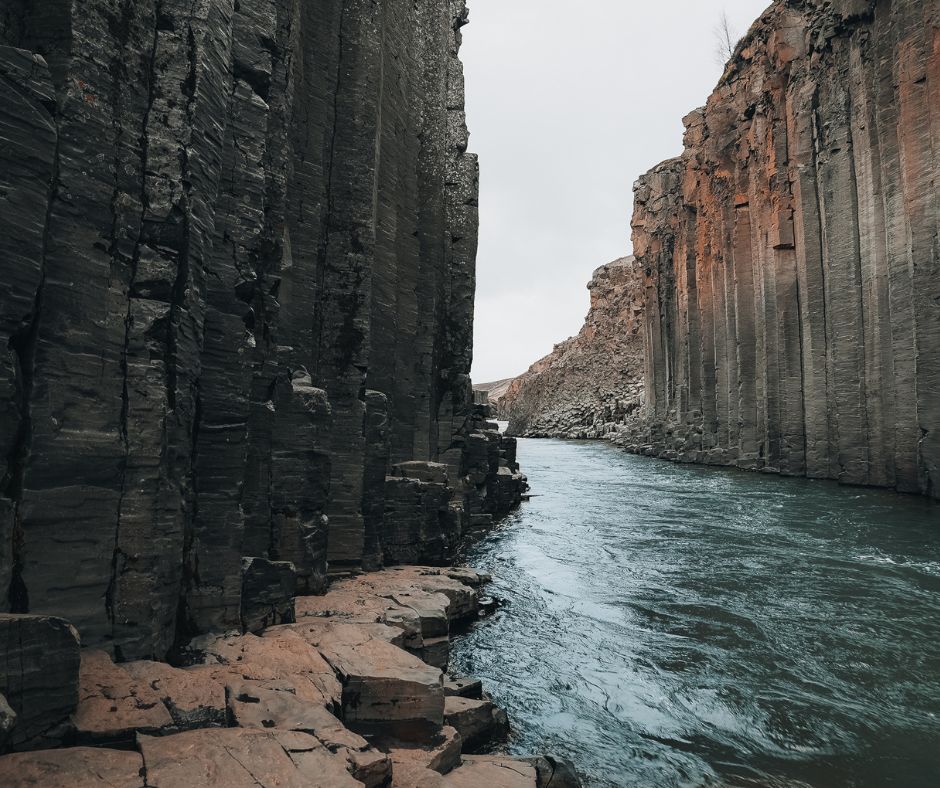
Introduction: Dubbed the Land of Fire and Ice, Iceland conjures images of erupting geysers, desolate lava fields, sparkling glaciers, and roaring waterfalls. Yet many travelers barely scratch the surface of this natural treasure trove. Oftentimes, they skip one of the island’s best-kept secrets: the Eastfjords. In this enchanting corner of Iceland, towering mountains meet the sea, creating a panorama of fjords, inlets, and coves unlike any other. The cultural significance of the Eastfjords, coupled with the area’s unique experiences and unspoiled beauty, makes traveling this road less taken an unforgettable journey—let’s dive deeper into the wonders of Eastfjords, the jewel of Iceland’s east coast.
1. Seyðisfjörður: The Artistic Soul
Nested between high mountains, Seyðisfjörður charms visitors with its picturesque blue church, vibrant art scene, and beautifully preserved wooden buildings. A sensory banquet awaits as you listen to the peaceful ripple of the fjord and inhale the intoxicating scent of wildflowers and sea.
Travel Tip: Visit in July to enjoy the energetic LungA Art Festival, which attracts international artists and performers. Don’t forget to explore the unique Tvisongur Sound Sculpture, where you can enjoy panoramic views over the town and echo your voice off the chamber walls.
2. Borgarfjörður Eystri: Puffin Paradise
If watching puffins in their natural habitat is on your bucket list, head to Borgarfjörður Eystri. The area’s craggy cliffs serve as bustling puffin colonies during summer months, making it an ideal spot for birdwatching.
Travel Tip: Make sure to pack binoculars for the best views and wear sturdy boots for navigating the cliffs. Nearby, the quaint village is perfect for a relaxing stroll, complete with a small church rumored to be the home of hidden elves.
3. Stöðvarfjörður: The Rock Hound Haven
Famed for Petra’s Stone Collection, Stöðvarfjörður is a haven for geology enthusiasts. Petra, a local woman, accumulated over 28,000 stones which are now on display in her former home and garden, offering a kaleidoscope of breathtaking geological wonders.
Travel Tip: Venture to the nearby Hellisheiði Plateau for a rejuvenating hike among berry fields and snow-covered mountain peaks.
Historically, the Eastfjords is steeped in folklore, featuring prominently in the Icelandic Sagas. These lands were among the first inhabited parts of Iceland, and ancient tales of sea monsters, hidden elves, and trolls echo through the sprawling valleys and deep fjords. The region is also a testament to the country’s industrial history, as it houses one of Iceland’s biggest industries—the aluminum smelter in Reyðarfjörður.
Consequently, this region embodies the spirit of the Icelandic people—a blend of resilience, creativity, and utmost respect for the environment. The locals’ profound connection to the land, their legends, and the weather shapes their collective consciousness and pride in their heritage.
Conclusion: The Eastfjords of Iceland is truly a realm where the modern world meets ancient landscapes, where hidden elves dance in the mist and puffins flutter amongst the cliffs. Each fjord, mountain, and village invites you to immerse yourself in its history, connect with its stories, and experience the beauty of life by the fjords. So, why should you visit the Eastfjords? It’s about veering off the beaten path and embracing the unexpected. It’s about challenging your assumptions of what it means to connect with nature. Greenland’s Viking sagas, mystical folklore, and thriving wildlife all await in this breath-taking corner of the world. Get ready to map your own path in Iceland’s untamed eastern frontier.
Takeaway: Descriptions are amplified with sensory experiences, historical significance, travel tips, and stories, offering the reader more than just a travel guide – a cultural narrative of the living Eastfjords.

